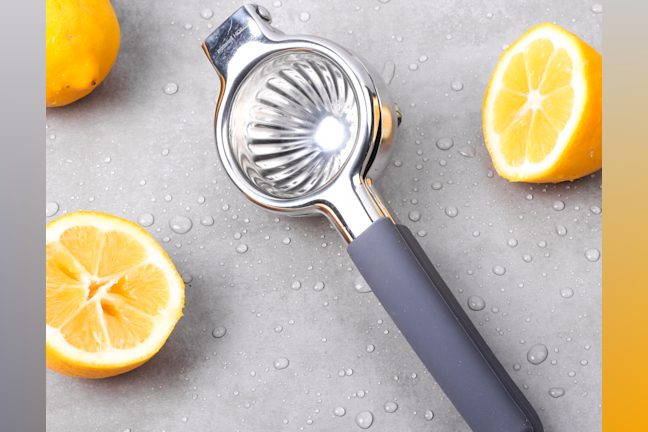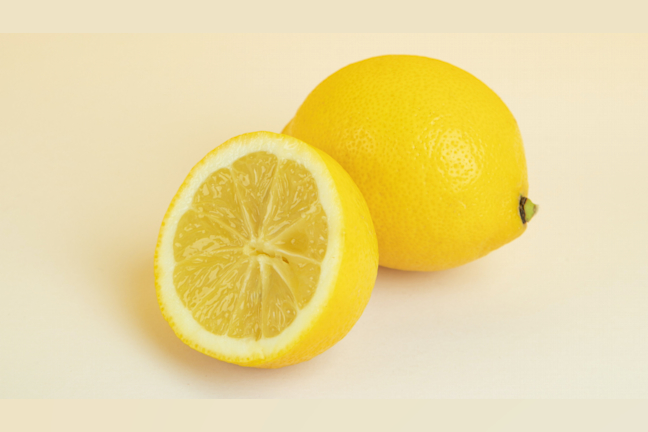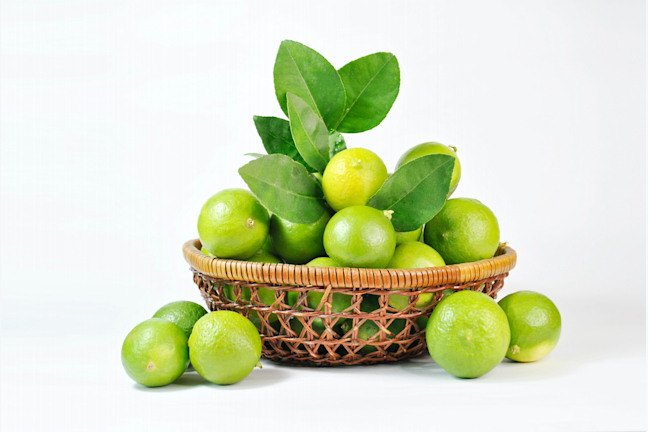Know your Ingredients: Citrus
Depending on where you live and the time of the year, different varieties of citrus will be available to you.
As you start making cocktails, it’s important to understand that these fruits are not interchangeable – you can’t use oranges instead of lemons and expect the same result. While that example may seem ridiculous to you, it might be less obvious that you also can’t use lemons, limes or key limes interchangeably; at least not without tinkering with the recipe’s measurements.
How do I extract juice from citrus?

We recommend using a citrus press over a hand reamer or juicer. You could potentially get more juice out of the other two options but in the former it will be a lot more work, and in both cases you could add bitterness from the pith.
In order to extract the juice, simply cut the fruit in half and make sure that the exposed area is pointing towards the holes in the juicer.
You can juice your citrus ahead of time but keep in mind that, even if refrigerated, citrus juice will begin to oxidize and start developing an off-taste.
Limes and Lemons
Each variety of lime and lemon may be called different names depending on each region, and this is further complicated by the existence of countless varieties of citrus across the world. In this lesson we’ll cover the most widely available types:

Lemons (Citrus limon)
Lemons are yellow and generally oval-shaped. Lemon juice has about 5-6% of citric acid, which gives it its distinctive sour taste. Lemons tend to be slightly sweeter than limes and their acidity doesn’t linger as long.
The essential oils found in lemon peels are very fragrant and floral. It’s common to see a lemon twist as a garnish in cocktails (a lot more than lime).
The common varieties of lemons found in supermarkets are called Eureka or Lisbon.

Limes (Citrus Latifolia)
Also goes by these names: Persian Limes, Tahitian Limes, Bearss lime, or Seedless Lime.
Limes are green and generally round in shape, and around 6cm (2.4 in) in diameter. Their juice contains both citric (4%) and malic (2%) acids. Lime juice is sharper and lingers for a longer time than lemon juice because of the malic acid.
Even though lime peel isn't that fragrant, lime zest packs a lot of flavor.
Key Limes (Citrus Aurantiifolia)
Also goes by these names: West Indian lime, bartender's lime, Omani lime, or Mexican lime.
Key limes are small and yellowish-green. They are smaller than regular limes, measuring between 25–50 mm (1–2 in).
Key limes usually have more seeds, higher acidity and stronger aroma. The peel is also thinner than the one in regular limes.
Key limes have a higher sugar content than regular limes and they also have a slightly bitter taste. It’s easier to end up with bitter juice if you press too hard on a key lime.
Availability and Preservation Techniques
We will always advocate the use of fresh ingredients over ready-made, store-bought alternatives. However, we understand that availability in your area might be an issue. Cost may also be a problem – if certain fruits have to be imported into your country, they may be sold at a high price.
We have a couple of suggestions:
- First off, try to get a hold of the fruit so you can at least know how it tastes. If you know how something tastes, it’ll be easier for you to figure out substitutions.
Hopefully there is a bottled option sold at your supermarket that is cheap and available year round. Compare them in a cocktail you like – see if the flavors are close enough that you could get away with using the bottled option. - You can preserve your citrus by making cordials, oleo saccharums, or shrubs. We'll go over these techniques in detail in another lesson.
- Citric and malic acid are sold in crystallized form (like sugar) and are easy to use. Both of them can be used to extend the life-span of your juice.
If you want to know more, here's a video by Kevin Kos: